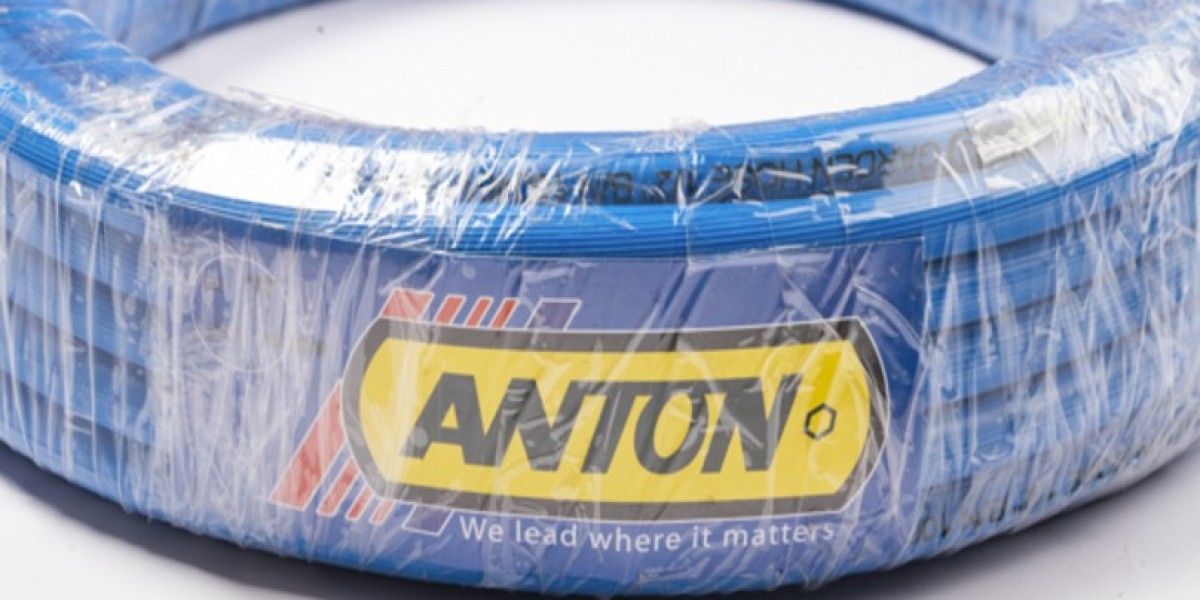Selecting the right hose for specific industrial applications is crucial for ensuring efficiency, safety, and durability. With various types of hoses available, each designed for particular purposes and environments, it’s important to understand the specific requirements of your application to make an informed decision. This guide provides a comprehensive overview of the factors to consider and the types of hoses suitable for various industrial uses.
Factors to Consider When Selecting Hoses
- Application Requirements
- Fluid Type: Determine the type of fluid the hose will carry (e.g., water, air, chemicals, oil). Different fluids require hoses made from compatible materials to prevent degradation and ensure safety.
- Pressure: Identify the maximum working pressure the hose must withstand. Hoses have pressure ratings, and exceeding these can lead to failures.
- Temperature: Consider the temperature range the hose will be exposed to, both internally (fluid temperature) and externally (ambient temperature).
- Flexibility: Assess the need for flexibility in the hose’s routing. Some applications require hoses to bend around corners or move with equipment.
- Abrasion Resistance: Evaluate the likelihood of the hose being subjected to abrasion or rough handling. In such cases, a more durable material is necessary.
- Material Compatibility
- Ensure the hose material is compatible with the fluid it will carry. Chemical resistance charts can help determine which materials are safe for specific chemicals.
- Consider the hose’s outer material, especially if it will be exposed to harsh environmental conditions, such as UV radiation or corrosive substances.
- Size and Length
- Determine the required diameter and length of the hose. The diameter affects the flow rate, and the length should account for the routing path, including any bends or turns.
- Regulatory Standards
- Ensure the hose meets relevant industry standards and regulations, such as those set by the FDA, ISO, or OSHA, depending on the application.
Types of Industrial Hoses and Their Applications
- Water Hoses
- Material: Rubber, PVC, or EPDM.
- Applications: Used in irrigation, construction sites, and industrial cleaning.
- Key Features: Flexible, durable, and able to handle varying water pressures and temperatures.
- Air Hoses
- Material: Rubber, PVC, or polyurethane.
- Applications: Used in pneumatic tools, air compressors, and HVAC systems.
- Key Features: Lightweight, flexible, and designed to handle high-pressure air.
- Chemical Hoses
- Material: PTFE (Teflon), EPDM, or UHMWPE.
- Applications: Used in chemical plants, laboratories, and industries dealing with hazardous materials.
- Key Features: Resistant to a wide range of chemicals, high flexibility, and durability.
- Hydraulic Hoses
- Material: Synthetic rubber, reinforced with braided steel wire or textile.
- Applications: Used in hydraulic systems in machinery, automotive systems, and heavy equipment.
- Key Features: High strength, flexibility, and the ability to handle high-pressure fluids.
- Food-Grade Hoses
- Material: Silicone, PVC, or rubber, compliant with FDA standards.
- Applications: Used in food and beverage industries for transferring consumable liquids and solids.
- Key Features: Safe for food contact, flexible, and easy to clean.
- Fuel and Oil Hoses
- Material: Nitrile rubber, neoprene, or fluorocarbon.
- Applications: Used in fuel transfer, oil lines, and lubrication systems.
- Key Features: Resistant to oil, fuel, and high temperatures.
- Suction and Discharge Hoses
- Material: PVC, rubber, or polyurethane.
- Applications: Used in construction, agriculture, and wastewater management for suction and discharge of liquids.
- Key Features: Reinforced for vacuum and high-pressure applications, flexible, and abrasion-resistant.
Steps to Select the Right Hose
- Identify the Application
- Clearly define the application requirements, including the type of fluid, pressure, temperature, and environmental conditions.
- Choose the Right Material
- Select a hose material that is compatible with the fluid and environmental conditions. Use chemical resistance charts and material specifications as guides.
- Determine the Size
- Calculate the appropriate diameter and length based on the flow rate and routing path. Ensure the hose can handle the required pressure and temperature ranges.
- Check Regulatory Compliance
- Verify that the selected hose meets industry standards and regulations for safety and performance.
- Consider Additional Features
- Look for additional features that may be beneficial, such as abrasion resistance, flexibility, and ease of installation.
- Consult with Experts
- If unsure, consult with hose manufacturers or suppliers to ensure you are selecting the best hose for your specific application.
Selecting the right hose for industrial applications involves careful consideration of various factors, including the type of fluid, pressure, temperature, and environmental conditions. Understanding the specific requirements of your application and choosing a hose made from compatible materials is crucial for ensuring safety, efficiency, and durability. By following this guide and consulting with experts, you can make informed decisions and select the right hose for your industrial needs, thereby enhancing the performance and reliability of your operations.



